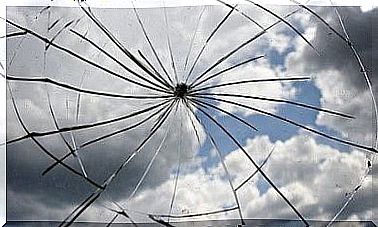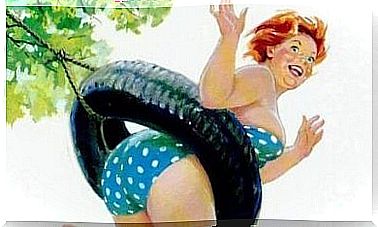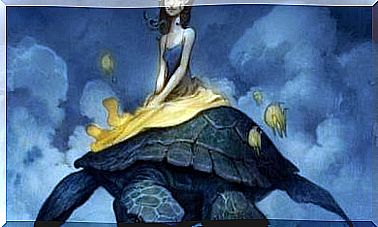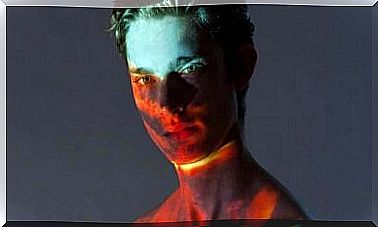The Irishman: A Door Ajar
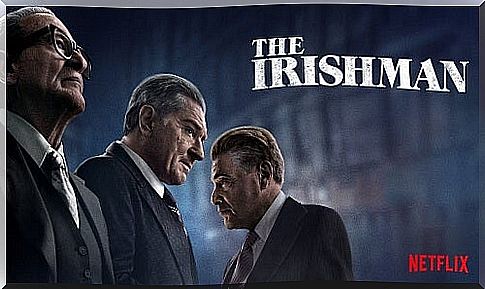
Martin Scorsese is a living legend of cinema history. The 77-year-old director counts on an immense filmography that has given us many emotions for years. The Irishman is his latest production.
Intense films, of a different nature and in vogue for years; Scorsese has signed some of the most popular titles and acclaimed film history as Taxi Driver (1976), Goodfellas (1990), The Departed (2006), Cape Fear – Cape Fear (1991), Casino (1995), The Wolf of Wall Street (2013) , and other controversies such as The Last Temptation of Christ (1998) .
His name has recently returned to everyone’s lips both for his harsh criticism of superhero movies and for the accolades he received for his latest film, The Irishman. A work with which Scorsese walks the known path of the gangsters, the Latin American mafia and the United States of the middle of the last century. But as is evident, age and time offered a new perspective to the director.
The Irishman is a film perfectly in keeping with Scorsese’s style and boasting an excellent cast that has proven themselves in top form.
The Irishman : a journey into the past
The Irishman is a journey into the past in the strictest sense of the term, plunging us into the mid-twentieth century. But the connection to the past is also linked to the duration of the film, one of the longest in recent decades, just like the great classics of the past.
We live in a time when cinema has been almost overwhelmed by TV series: we prefer to zap online platforms rather than go to the cinema. And movies that are longer than two hours are more unique than rare.
The new generations have grown up in a different way, it is no longer necessary to go to the cinema to watch a film, we can watch it lying on the sofa and pause it as often as we want. Entertainment is at the service of everyone and, although unforgettable pearls come out from time to time, it seems to have by now gone beyond the concept of art, relegating it to the background.
Scorsese had a project in mind that no Hollywood company has accepted; for this he had no other remedy than to adapt to the new needs of our generation: streaming platforms .
Netflix has decided to fund the project as it may seem totally out of society’s standards, favoring the huge spread of the film around the world. After all, Netflix leaves room for everything from cinematic pearl to junk TV.
And here is the paradox of The Irishman. A film that evokes the ancient classics of gangsters, that catapults us into the last century and that shows off veterans of the cinema. Even with soaring creativity, it is spread by the most current means of reproduction of the century, often ending up reproduced on small screens light years away from cinema screens.
Scorsese strongly advises not to watch the film through the smartphone, but to enjoy it on the largest screen at our disposal, on an afternoon when we are free without being disturbed by the phone. Ultimately, it offers us to go back to the past, when cinema was a time of real fun.
A real story
The mafia, particularly the Italian-American one, has been the protagonist of some of the greatest films of all time. From the recently re-evaluated work C’era una Volta il West (Sergio Leone, 1984), to more well-known titles such as The Godfather ( Coppola, 1972).
Scorsese had already ranged in this area with Mean Streets (1973), for the first time in collaboration with De Niro, Casino (1995) and Goodfellas (1990).
Martin Scorsese and the protagonists of The Irishman belong to a generation born in the 1940s in New York, except for Pesci who is originally from New Jersey. So all Italian-Americans, some even grown up in the Little Italy neighborhood.
Scorsese has always felt a deep connection with his origins, as he recounts in the documentary film Italoamericani (1974). Today, many years later, it returns to those origins which, although real, seem to come out of pure fantasy.
The Irishman investigates a real character intertwining with history: from the rise and subsequent murder of Kennedy to the mysterious disappearance of Jimmy Hoffa, the union leader who made so much talk in the middle of the last century. All within a mafia context, starring an Irishman in charge of “whitewashing the walls”.
Blood-stained walls, clear and quick deaths, a sure shot as the car waits at the restaurant door to allow the hitman to escape. Guns immersed in water, silenced by the architect of the fastest deaths that Scorsese has ever presented to us.

Scorsese’s style
All without giving up certain daring conversations seasoned with black humor that prove to be his trademark, although it is perhaps the quietest film by Scorsese. Full of foul language, but relaxed, mature, a far cry from the dizzying pace of Goodfellas or the more recent The Wolf of Wall Street.
It is the story of Frank Sheeran, a real character investigated for the mafia; the story of Hoffa’s disappearance; the silenced story of twentieth-century America. But Scorsese’s maturity is reflected in this film which is not just a gangster story, but a structured analysis of his characters and their personal history, often using flahsbacks .
A story of power, of “bad guys” who are actually nothing more than elderly people full of pain who play bowls in the courtyard of a prison.
A film possible thanks to the greats of the genre, from a Joe Pesci who despite having retired has almost reluctantly accepted a role in which he excels, a De Niro that we all associate with the mafia and an Al Pacino who, even if he had never worked with Scorsese , brings us back to the glory of The Godfather.
A film to remember
We are sure that in a few years we will continue to talk about this film, and that maybe it will acquire value over time. If we have to find a fault it is perhaps the use of technology to rejuvenate actors who, far from having to prove their immortality, could have expressed their experience to the fullest.
The use of digital rejuvenation techniques has been widely criticized; perhaps it would have been better to use young actors for the flashbacks, or to make them shorter. Instead, we see a De Niro without wrinkles, but with the body and movements that reveal the opposite.
The film assumes a kind of fusion between the old and the new. The first is given by the essence, the maturity of the director and the protagonist faces; the second from the diffusion and production of the work.
With 10 Oscar nominations, including Best Picture and Best Director, The Irishman leaves no one indifferent. Whether it is for the majesty of the project, for the ability to direct our gaze or for the scarce female presence, now the director’s trademark. Female roles are scarce in almost all of Scorsese’s filmography, which favors the “tough guys”.
This is not why we want to condemn the film, which rather tells of a distant era in which the woman was nothing else an accessory of the husband. Despite everything, a female character in this film is present: the daughter of the protagonist who, initially, is reluctant towards her father’s activities.
In silence, but crudely, he acquires importance at the end, a moment in which Sheeran is now old, his friends and his wife deceased, therefore left alone with his daughters: all women, all determined to keep their distance from their father.
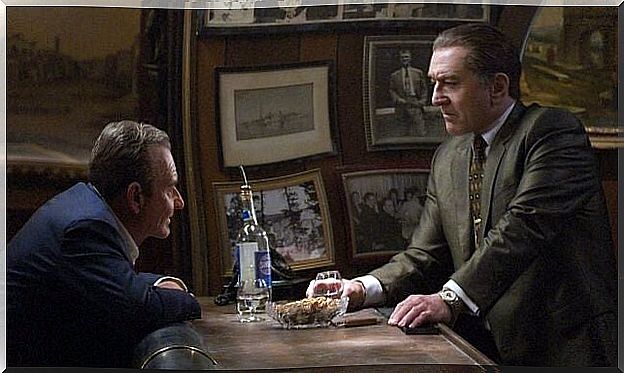
Conclusions
Scorsese is a great storyteller able to say with images what is ineffable in words ; capable of portraying and capturing through his video camera the latent dimension in each character.
Despite the duration, The Irishman manages to conquer us and keep us glued to the screen to find out what will become of the protagonist, a man trapped in a spider’s web from which he will not be able to escape.
The Irishman offers us a path between different stages of life , the introspective journey of a character tied to his past, but who, like everyone, is destined to die. The reflection of his actions manifests itself during his lonely old age, leaving the viewer a window to reflect on, in an almost cathartic and difficult to identify stage.
Have we seen a classic gangster movie? Have we witnessed a journey towards the inner universe of the human being? Why a half-open door? The future, death, destiny, are perhaps only this: a glimmer.
Main image of Netflix

